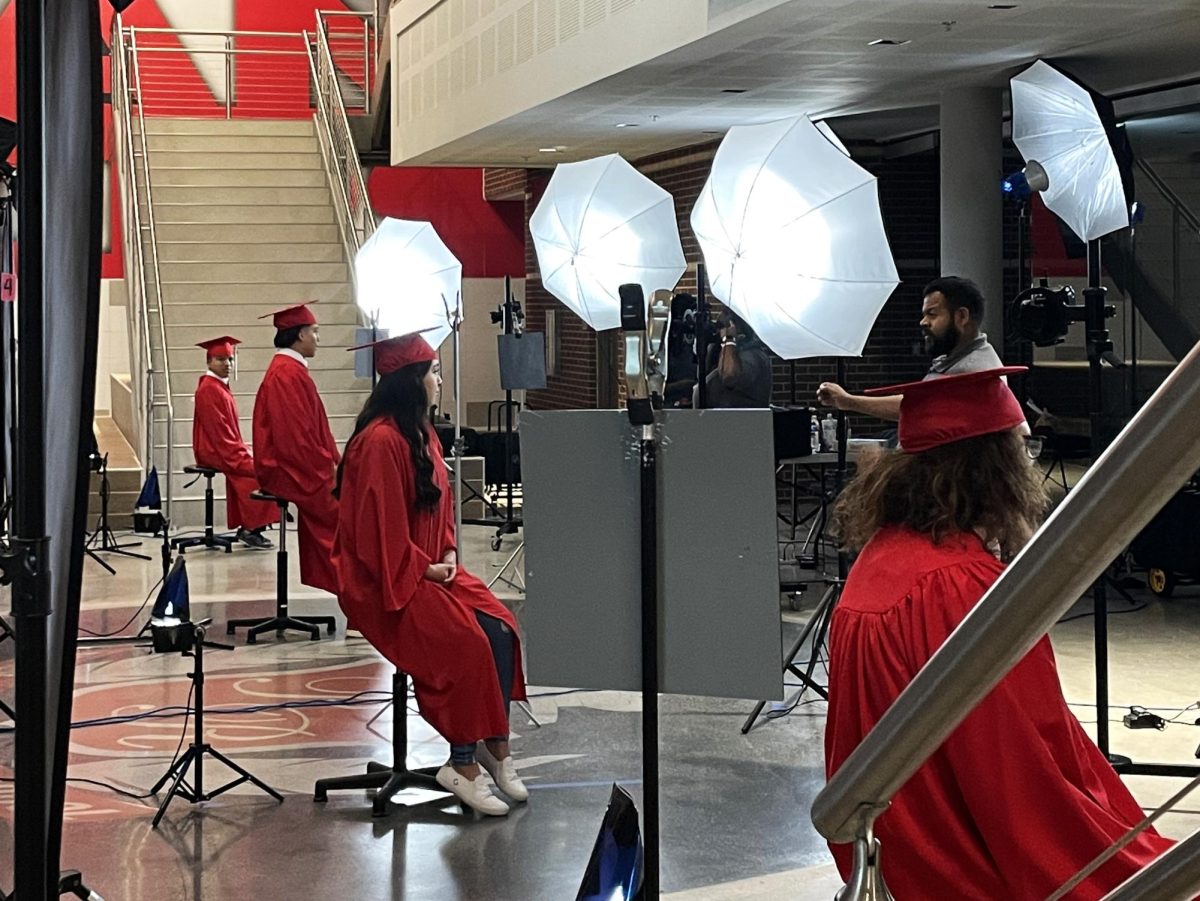Student Communication
Hello everyone! It’s Maggie, here with another nugget of wisdom for you lovely students out there- get it? Anyway, in honor of Valentine’s Day, I want to talk about love, and how to better express it. I recently wrote a review of Gary Chapman’s instructional novel, The Five Love Languages: Singles Addition, and because that book was so helpful for me, I want to share with you some of the things I learned from it about communication.
You can read my original post here: https://raidermedia.org
In it, I explain the premise of Chapman’s book. Essentially, after many years of being a marriage counselor, Chapman noticed that the way people show love to each other can be broken up into five different categories, which he came to call “love languages.” His original book focused on how married couples communicate with each other, but the Singles Edition examines relationships between friends, colleagues, family, and more.
Today I’m going to dive deep into one type of relationship: school peers. As I was reading this book, I kept thinking about my relationships with friends at school. In a school setting, it can be hard to know who your closest friends are simply because you see different people in every class period. You may talk to someone all the time during one class because you happen to sit next to them, but you may not ever talk to them outside of school. In that case, are you really friends or just acquaintances?
Having experienced many similar situations, I read the Five Love Languages with the goal of understanding just what makes someone a good friend, and how to recognize true friends or develop new ones, and this is what I learned. First, in order for you to understand how the languages work, you need to know what Chapman means when he says “love.” Here’s an excerpt from my review to help you out: “Chapman asserts that ‘love is the attitude that wishes good things for the other person’ in a relationship, whether that relationship is romantic, familial, friendly, or just an acquaintance. To love someone means to wish good things for them and show appreciation to them,” and to love your friends means to actively care about them and try to improve their life.
Thus, the Five Love Languages are five ways that people appreciate and care about each other. In the order that Chapman explains them, the five languages (and ways school friends can express them) are:
- Words of Affirmation- speaking positive and encouraging words to someone, like saying “You look good in that outfit!” or “You did a great job on that presentation.”
- Acts of Service- doing a task or chore to make someone’s life easier, like helping them with homework or offering to throw something away for them.
- Gift-Giving- giving someone a small present to make their day a little brighter. Gifts could be a handwritten note, a snack, or even a small gift card for birthdays.
- Quality Time- dedicating your full attention to someone for a specific period of time, like commiting to put away your phone at lunch to chat with a friend.
- Physical Touch- in a friendship, this involves comforting someone with a pat on the back or a hug to show support.
The way to differentiate a true friend from a friendly acquaintance is to figure out their primary love language and pay attention to whether they use that around you. Let’s say you have a friend named Jane who you hang out with frequently at school, but you’re not sure if you are genuine friends or just friends out of convenience. Figure out who Jane’s closest friends are, and then see how she shows appreciation to them. For example, if you know that Jane’s best friend has been Anne since second grade, see how Jane shows appreciation to Anne. If Jane gives Anne a big hug every time they see each other, then Jane’s love language is probably physical touch. Now that you know that, start to notice whether or not Jane uses the same language with you. Does she give you a hug every time she sees you, or even just pats you on the back? If so, she probably thinks of you as a genuine friend.
However, don’t freak out if a friend doesn’t express their primary love language to you. It doesn’t automatically mean that they don’t like you. It could be that they understand that your love language is different, and they try to express love to you in that manner instead. If your friend Jane has noticed that you’re not a hugger, then she might express friendship by giving you gifts or compliments instead.
In addition, an easy way to enhance your relationship is to show appreciation to them with their own love language. If you start to give Jane a hug every so often, she’ll understand that you appreciate her as a friend, and your relationship will grow. In the same way, pay attention to who’s expressing love to you in your love language because those are the people who understand you the best and are putting in the effort to be friends with you.
I hope these tips will help you understand your peer and friend relationships a little more and give you insight into the ‘mystery of love’. I hope you had a wonderful Valentine’s Day, and I’ll talk to you lovely students next time!

INFJ- I’m a senior involved in creative clubs and activities like Newspaper, Yearbook, Literary Criticism, and the Literary Magazine. I love writing,...



















